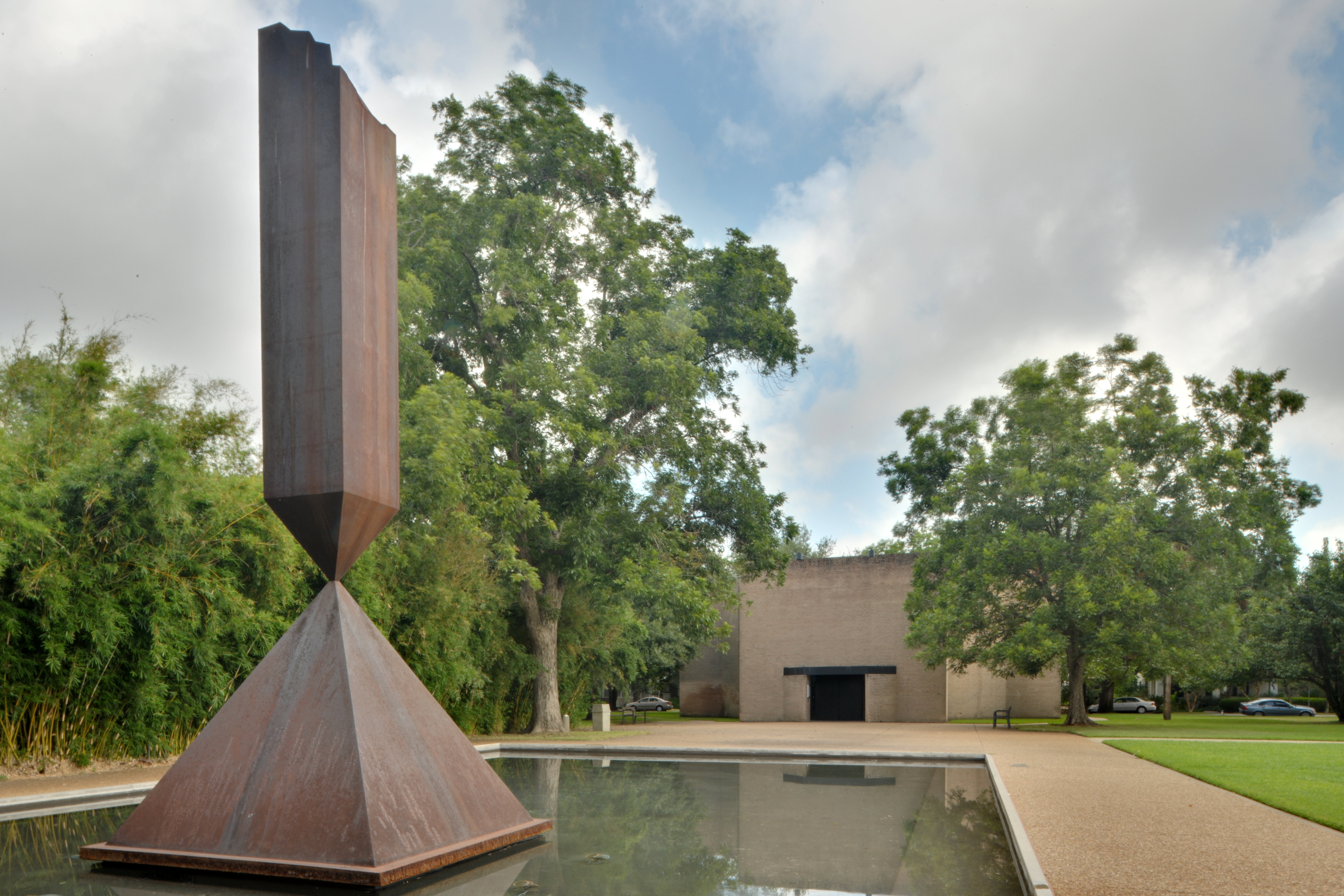
An article for the Cathedral Times by the Very Rev. Sam Candler
On the Thursday before Martin Luther King, Jr., Day, I made a very quick visit to Houston. My trip was part of a surprise party for my daughter’s birthday, one of the big ones. It was lovely, as always, to be with other family members and to love each other.
On Friday, however, I had a couple of free hours before my return to Atlanta. With two of my children and my wife, I made a pilgrimage. We made a pilgrimage to the Rothko Chapel there in Houston. It is a masterpiece, a masterpiece of design and holiness and prayer. The interior space is rather spare, eight-sided, about fifty feet by fifty feet, with no fixed chairs or pews. Instead, wooden benches provide places of meditation and observation.
On the walls are fourteen pieces of art by Mark Rothko. Some of you may know that his art often consists of large, solid, blocks of color – squares or rectangles that simply engage the viewer with nuances of color and shape. I am engaged by them, whether they are in museums or chapels! The fourteen pieces in Houston’s Rothko Chapel are dark and somber in the dim light. But more light can bring out a deeper and lovely purple hue in them. The place is deliberately quiet, and the place is deliberately holy. Some people call the Rothko Chapel “an act of faith.” Rothko himself said that, “all good painting is a spiritual experience.”
Outside the chapel, on the grounds, is another holy piece of art. It is titled, “Broken Obelisk,” by Barnett Newman. Most of us realize what a complete obelisk is, and those monuments can be found almost everywhere in western civilization: from Cairo, Egypt, to Washington, DC. But Newman’s “Broken Obelisk” takes a broken upper top piece of an obelisk, and sets it upside down upon a shorter, pyramid structure – another top of an obelisk, if you will; the two pieces meet tip to tip.
The guiding forces, behind both the Rothko Chapel and the “Broken Obelisk,” were John and Dominique de Menil, who encountered much political resistance in Houston in the late 1960s about where to install the sculpture. After the assassination of Dr. Martin Luther King Jr., the de Menils, at one point, had a plan to install the broken obelisk in front of Houston City Hall, with the inscription, “Father, forgive them; for they know not what they do.” That plan did not come about, and the sculptor had never intended the piece to have an inscription anyway. Finally, resolution came with the piece “Broken Obelisk” being installed on the grounds of the Rothko Chapel, with the condition that it be dedicated to Dr. Martin Luther King, Jr.
The arrangement is both beautiful and somber. For me, it was a way of keeping the feast of Dr. Martin Luther King, Jr. Take time to go love some people. Remember the brokenness, remember the somberness, remember the sadness. But find some beauty to rejoice in. Find some people to rejoice with. Let some light bring color to the world.

The Very Reverend Samuel G. Candler
Dean of the Cathedral of St. Philip
